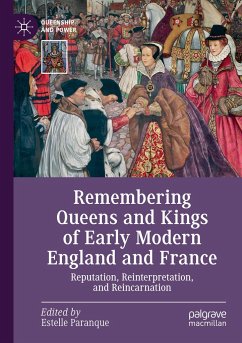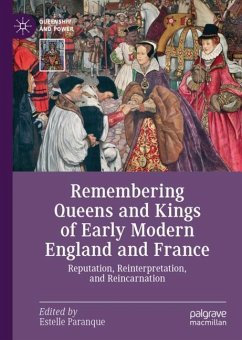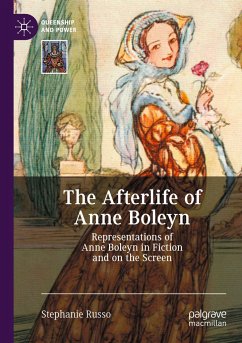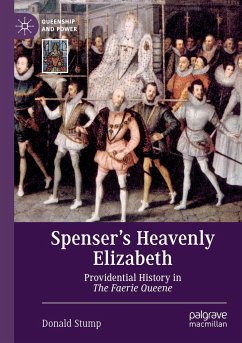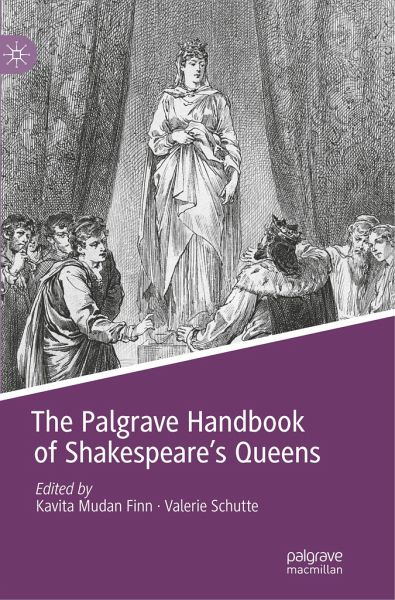
The Palgrave Handbook of Shakespeare's Queens
Versandkostenfrei!
Versandfertig in 6-10 Tagen
226,99 €
inkl. MwSt.

PAYBACK Punkte
113 °P sammeln!
Of Shakespeare's thirty-seven plays, fifteen include queens. This collection gives these characters their due as powerful early modern women and agents of change, bringing together new perspectives from scholars of literature, history, theater, and the fine arts. Essays span Shakespeare's career and cover a range of famous and lesser-known queens, from the furious Margaret of Anjou in the Henry VI plays to the quietly powerful Hermione in The Winter's Tale; from vengeful Tamora in Titus Andronicus to Lady Macbeth. Early chapters situate readers in the critical concerns underpinning any discuss...
Of Shakespeare's thirty-seven plays, fifteen include queens. This collection gives these characters their due as powerful early modern women and agents of change, bringing together new perspectives from scholars of literature, history, theater, and the fine arts. Essays span Shakespeare's career and cover a range of famous and lesser-known queens, from the furious Margaret of Anjou in the Henry VI plays to the quietly powerful Hermione in The Winter's Tale; from vengeful Tamora in Titus Andronicus to Lady Macbeth. Early chapters situate readers in the critical concerns underpinning any discussion of Shakespeare and queenship: the ambiguous figure of Elizabeth I, and the knotty issue of gender presentation. The focus then moves to analysis of issues such as motherhood, intertextuality, and contemporary political contexts; close readings of individual plays; and investigations of rhetoric and theatricality. Featuring twenty-five chapters with a rich variety of themesand methodologies, this handbook is an invaluable reference for students and scholars, and a unique addition to the fields of Shakespeare and queenship studies.
Winner of the 2020 Royal Studies Journal book prize
Winner of the 2020 Royal Studies Journal book prize







